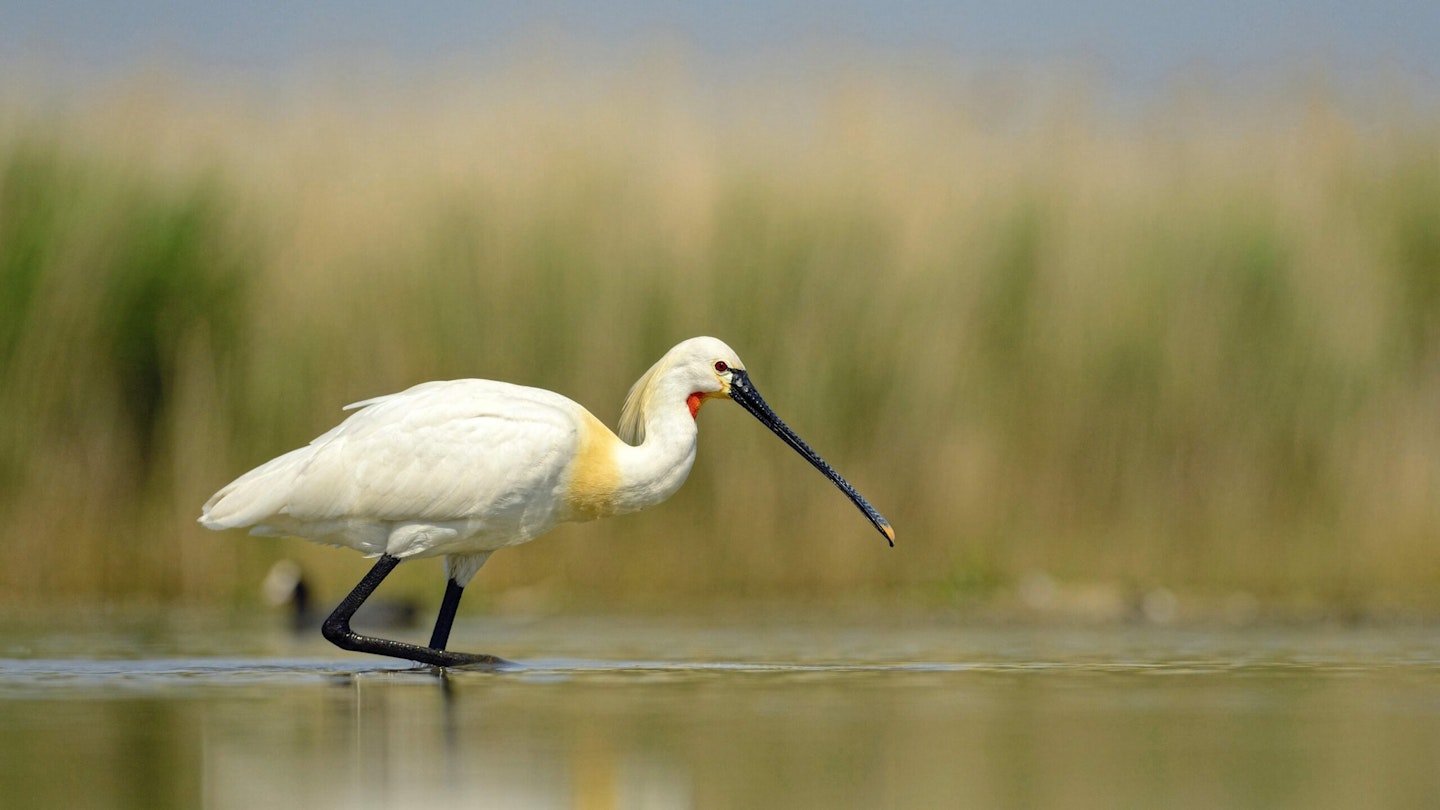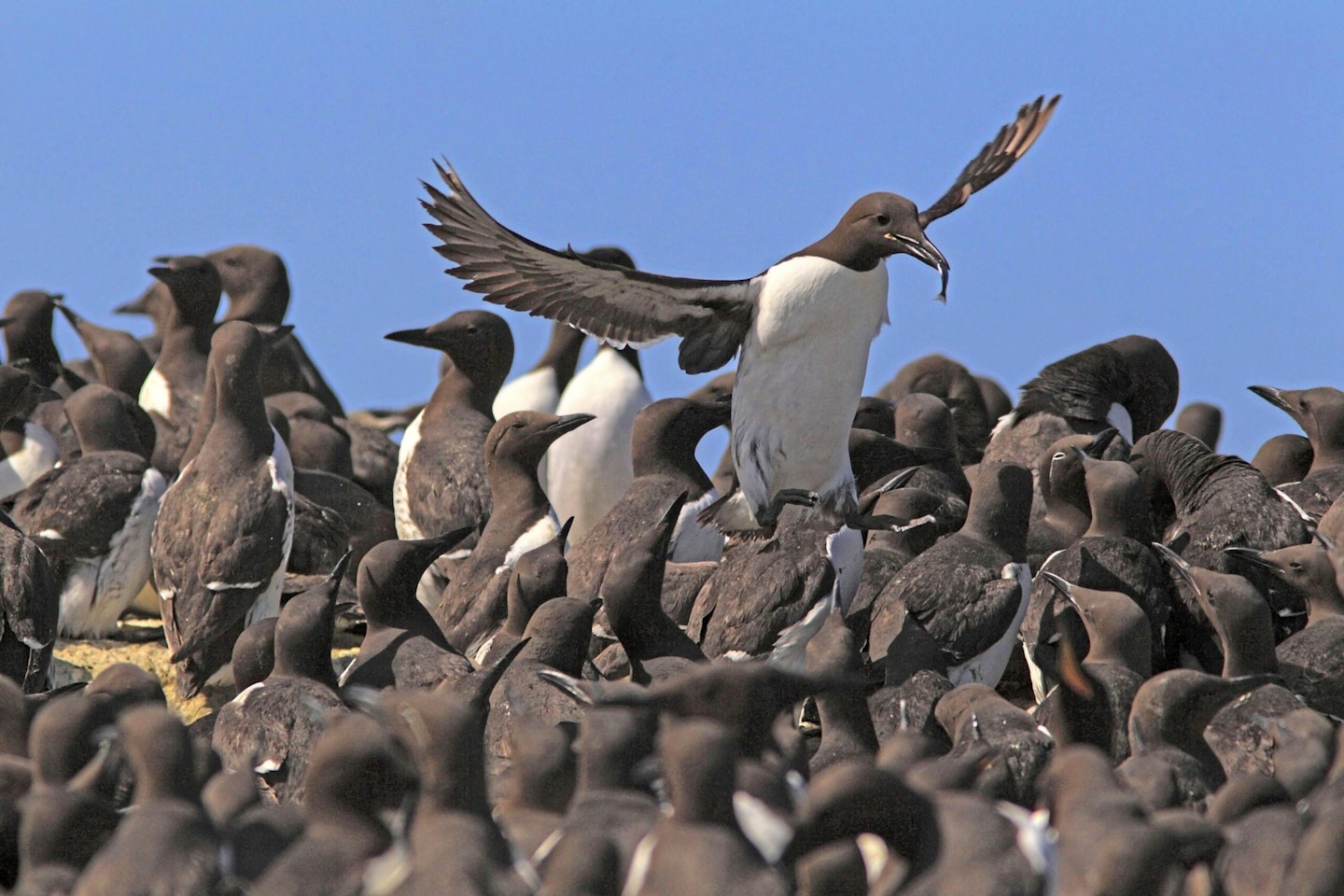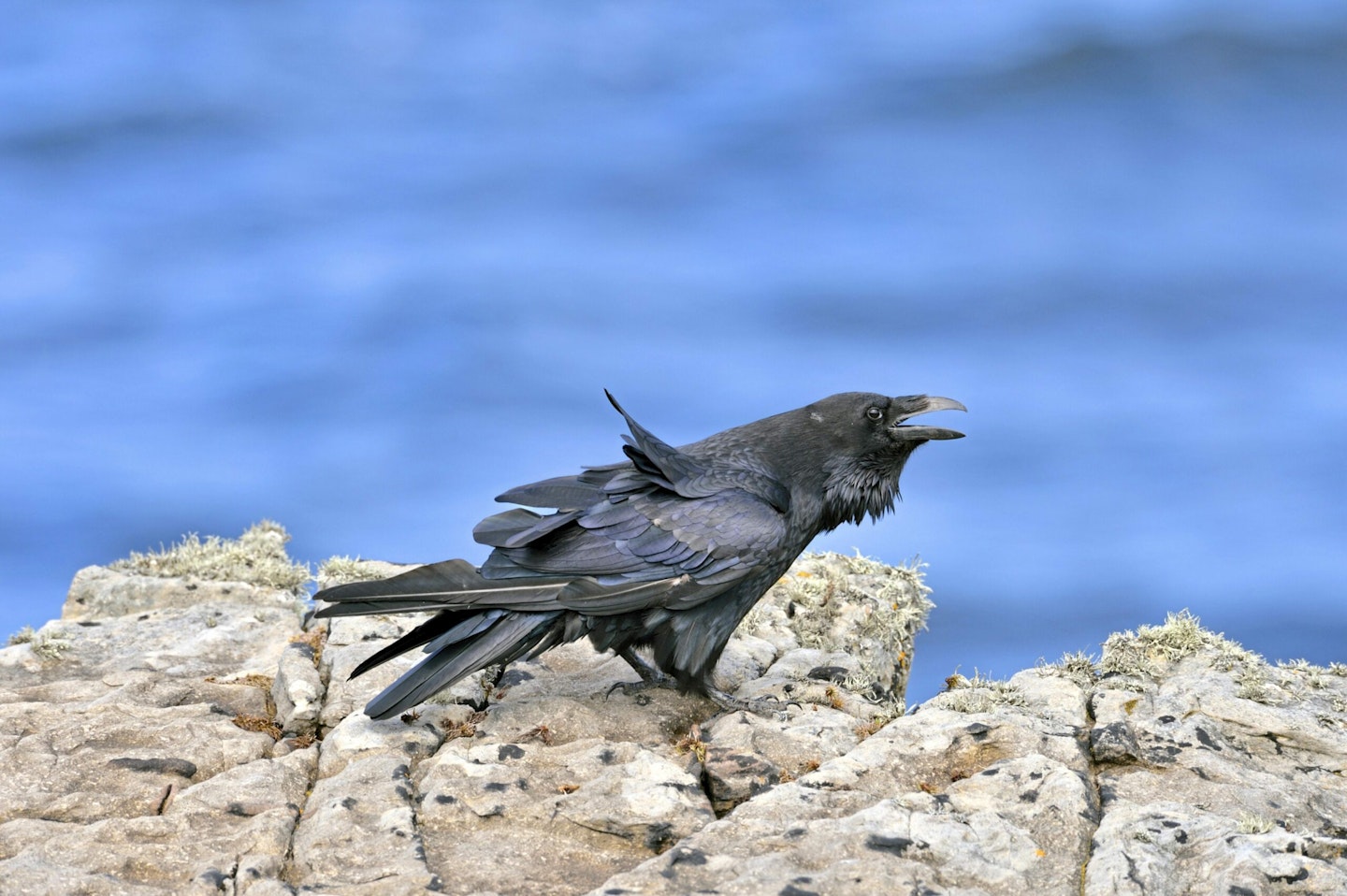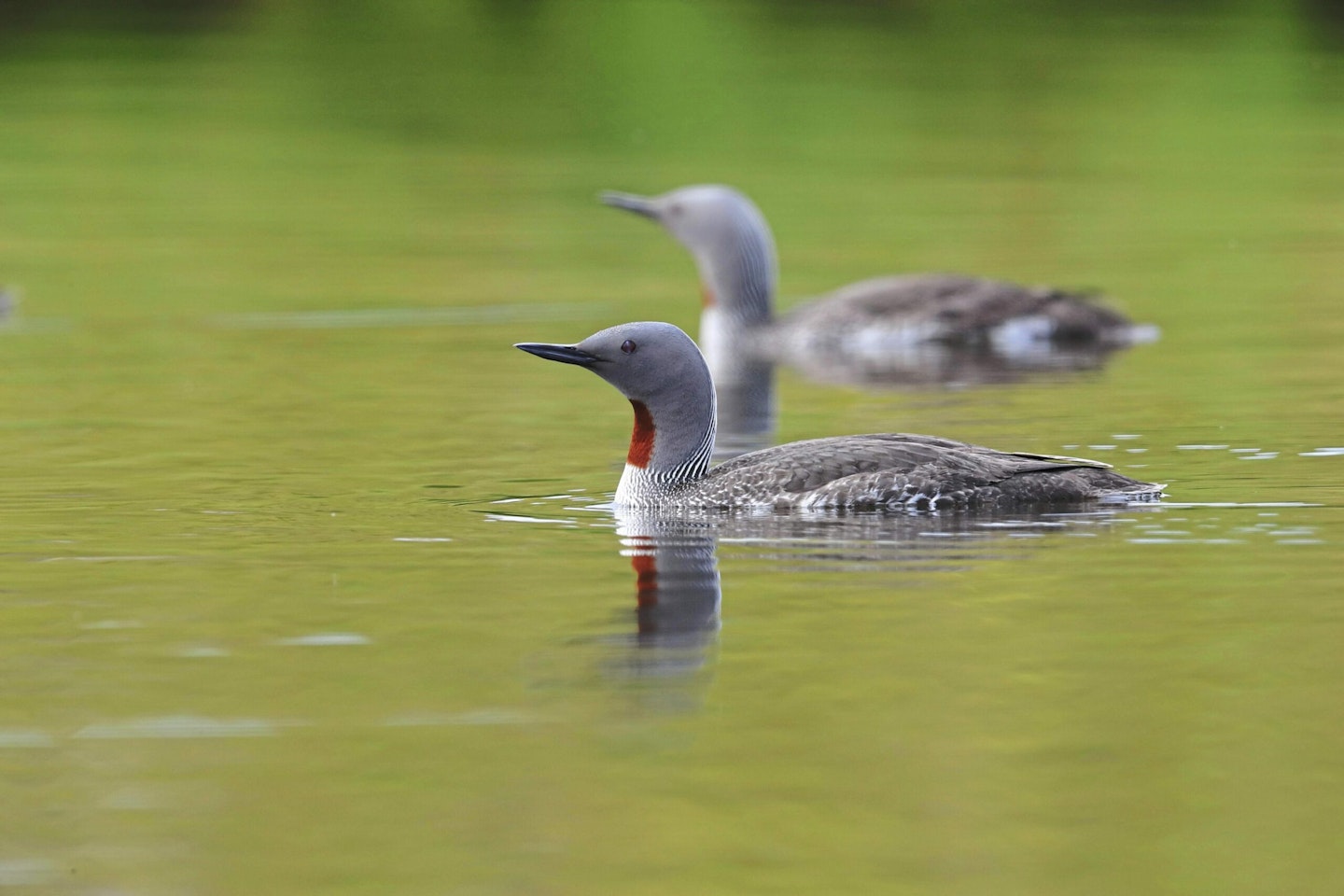The summer is a relatively quiet time for birdwatching, but there are still plenty of thrills to be had at this time of year. Here are five birds to appreciate at their best, this month.

Spoonbill
Once upon a time, the Spoonbill was an amazing-looking bird dream of fieldguides, which we were promised would one day start to colonise the UK as a breeder. Well, that day has come and there is now an established breeding population, especially in north Norfolk (but also elsewhere). It is no less amazing-looking, though. Spoonbills are real beauties, eccentric beauties, but beauties all the same. Yes, they spend a lot of time sleeping, but when not sleeping they are truly wonderful; and this is especially so in the height of the breeding season. At this time adults have striped, yellow-tipped, spatulate bills, long drooping mullet-crests and yellow patches on their breasts. Watch in awe as they sweep their sensitive, spoon-like bills through the water grabbing at morsels as they go. Wow!

Guillemot
One of our most underrated birds, the Guillemot lives slightly in the shadow of its relatives such as the Puffin, Razorbill and the Black Guillemot. But, it is a great bird on its own merit and a hugely successful one, as well, with nearly a million pairs nesting on the vertical cliffs of the UK. Of course, their colonial cliff-nesting habits mean the best place to see them at this time of year is at parts of the country where there are such coastal cliffs, such as north-eastern England, eastern and northern Scotland and north and west Wales. If visiting such a site it is easy to be distracted by the thousands of other seabirds, around, but spare a while to admire the beautiful Guillemot.

Raven
The ever-expanding population of this ‘cronking’ whopper of a crow (the size of a Buzzard) has been part of one of the great success stories of recent years. They have gone from ultra-shy birds hiding away in the mountains of the north and west to spread further and further east, while at the same time apparently becoming bold enough to nest in and around cities across England. They are still not anywhere near as bold as Carrion Crows or Rooks, of course, and an encounter will remain a magical experience, perhaps revealing themselves by their croaking ‘cronk cronk’ calls or maybe doing the flying upside down rolling display.

Kingfisher
It is almost absurd the number of people (i.e. non-birders) we birders encounter who say they have never seen a Kingfisher. It is not an unfamiliar bird to them, though, as most people can identify a picture of one correctly. Nor is it an uncommon bird (with an official population of 6,000 or so pairs but that is possibly a considerable underestimate). It is however neither as large nor as showy as non-birders anticipate. Kingfishers are tiddlers of water birds, smaller than a Starling (but with a much longer bill, of course). And they are secretive and shy, often perching in low branches above the water in the shadows where their amazing colours are somewhat lost. And they fly fast and direct just over the water. Birders, know to look here, though, especially when we hear the piercing call…

Red-throated Diver
There is a subtle, understated beauty about the breeding-plumaged Red-throated Diver; not as fancy as the Black-throated Diver nor, indeed the Great Northern Diver. But they are still exquisite. They are pretty scarce breeding birds with only about 1,250 breeding pairs, just about exclusively in Scotland, particularly the west coast and the Hebridean islands, as well as the Northern Isles. Red-throated Divers nest on lochs and lochans, often with easy access to the sea, where they catch fish to bring back to the nest or youngsters on the home lochan. Note the slightly uptilted, relatively fine bill (for a diver) and plainer back than the larger species. Note also that the colour of the red throat is not always obvious, requiring decent light to look red.
